OU News
News from The Open University
- Home
- Category: Space
Category: Space
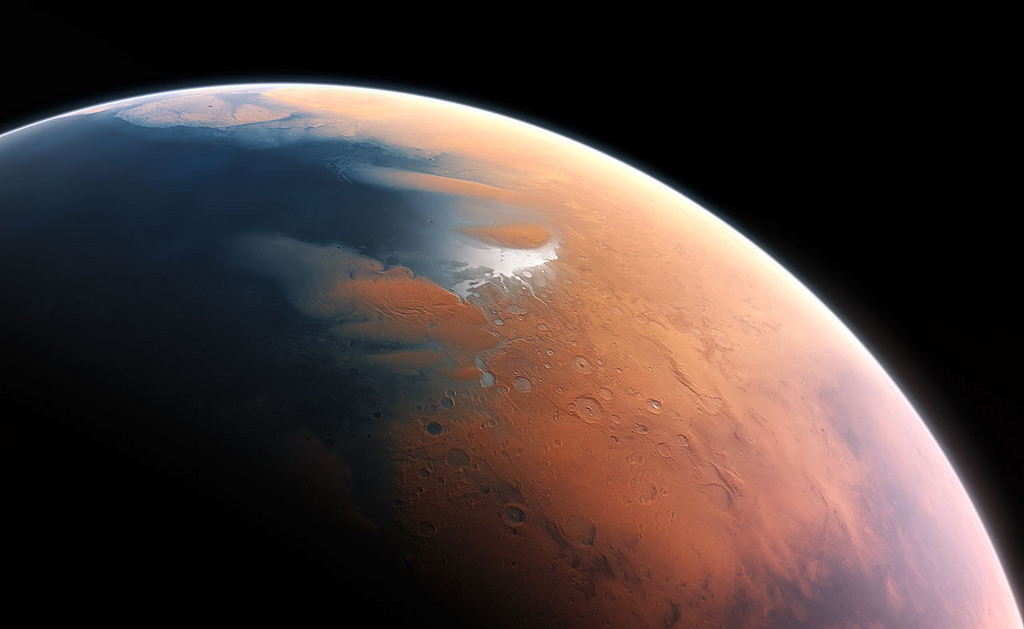
Scientists discover evidence of a water cycle on ancient Mars
Scientists from The Open University (OU) have discovered a series of large fan-shaped sediment deposits on the surface of Mars. These suggest that Mars once had large seas on its surface and a water cycle similar to Earth. The research also shows when Mars’ climate went from being hospitable to the cold desert it is […]
Read more about Scientists discover evidence of a water cycle on ancient Mars
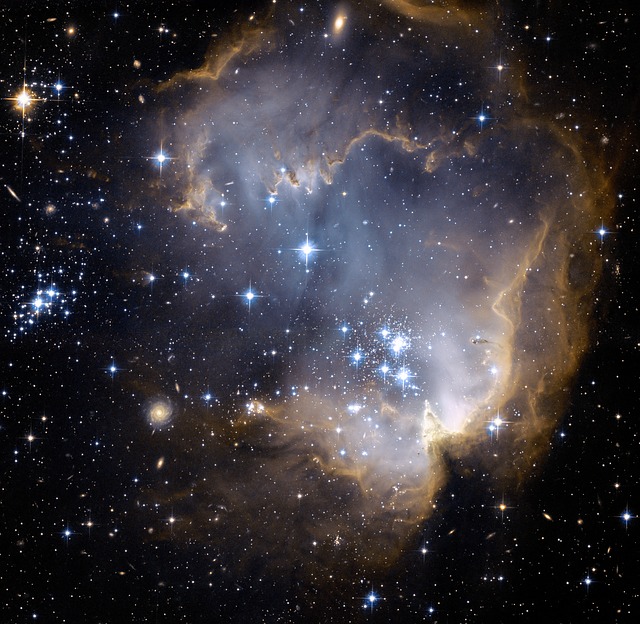
Back to the future: what we said about education and Astronomy
In 2009, in celebration of the Open University’s 40th Anniversary, we asked academics from around the University to predict what the future would look like in their areas of study. Now, as we approach the OU’s 50th Anniversary, we asked the same academics to revisit their predictions, reflect on their accuracy, and reset them for […]
Read more about Back to the future: what we said about education and Astronomy
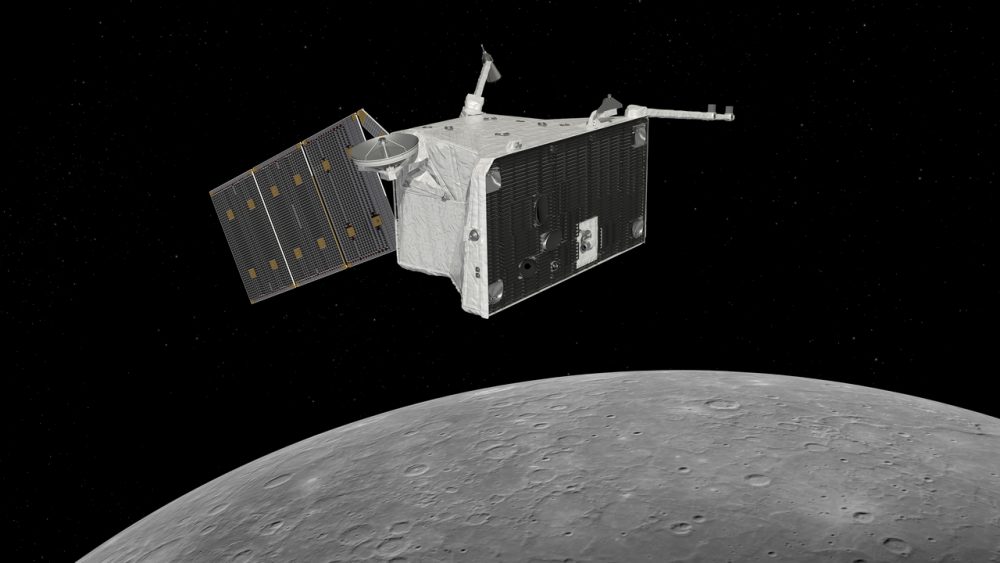
A journey to Mercury: TEDxLondon talk by Professor David Rothery
Professor David Rothery spoke at TEDxLondon in July 2018, talking about the upcoming BepiColombo mission, Europe’s first mission to Mercury. Setting off in October 2018, the mission will take seven years to reach its destination, with the spacecraft completing a complex trajectory to reach the planet before examining its surface and magnetic field in detail. […]
Read more about A journey to Mercury: TEDxLondon talk by Professor David Rothery
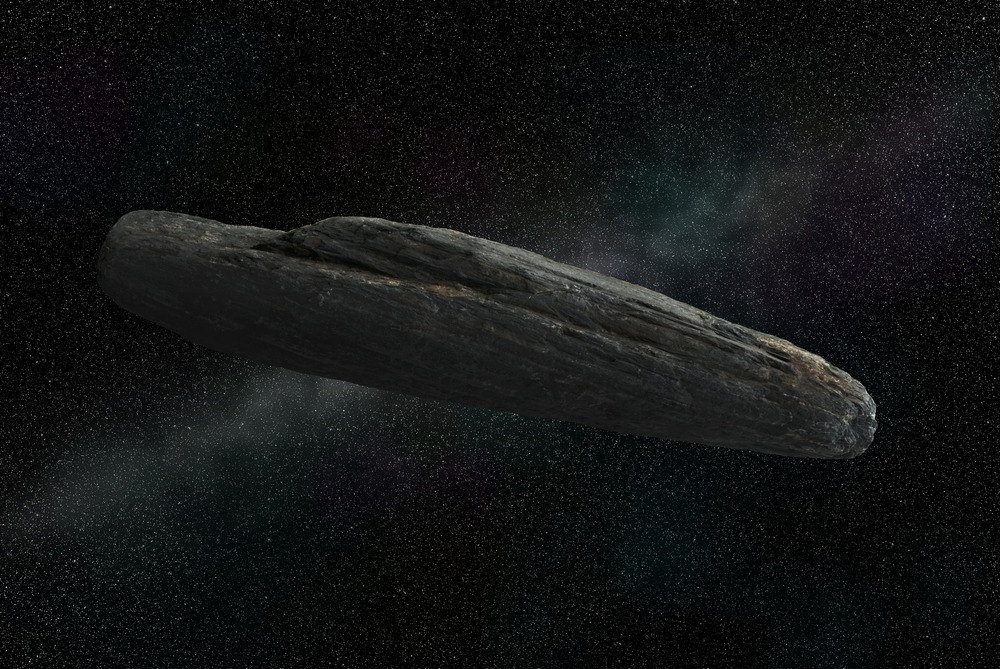
Comet or asteroid? Mysterious ‘Oumuamua shows why we may need a new classification system
Ever since space scientists first spotted the odd, cigar-shaped object known as 1I/‘Oumuamua in the sky, they have been debating what it is exactly. Suggestions have included an asteroid, a comet and even alien spaceship. Now a study, published in Nature, suggests it may actually be a comet – but an unusual one. The fascinating […]
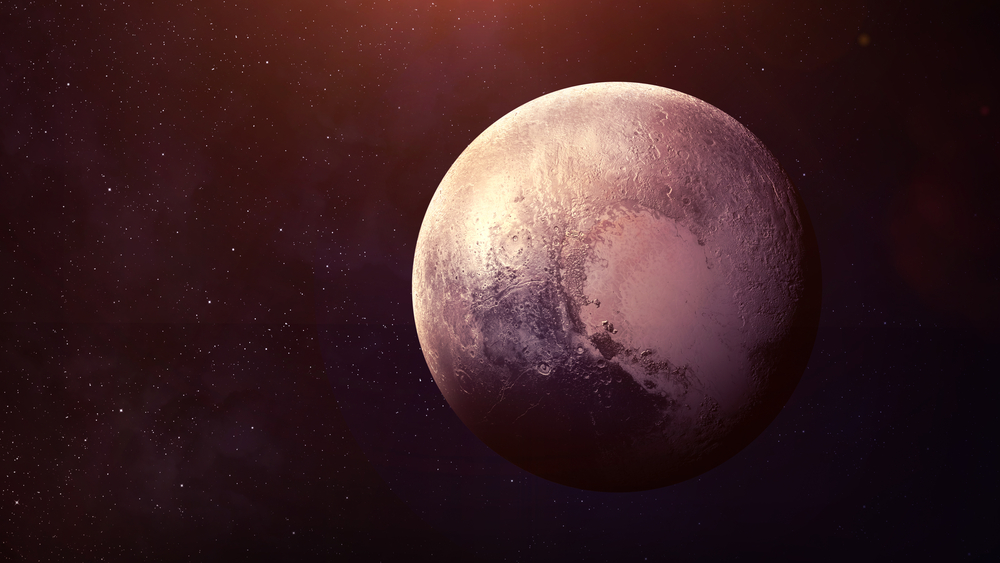
Icy dunes on Pluto: spacecraft reveals new details about planet’s surface
When Clyde Tombaugh discovered Pluto in 1930, he could not have known that he was opening a whole field of science that is only now coming into its own: the study of planetary landscapes, or comparative planetary morphology. Since the announcement of Pluto’s discovery, the body has been a subject of much speculation: even from […]
Read more about Icy dunes on Pluto: spacecraft reveals new details about planet’s surface
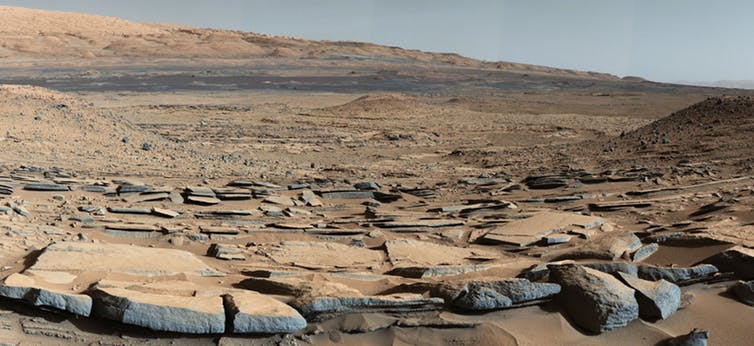
Plan to bring back rocks from Mars is our best bet for finding clues of past life
Sitting with 200 people at the International Mars Sample Return Conference in Berlin recently to discuss the feasibility of bringing samples back from Mars to Earth, I remember the first such conference in Paris ten years ago. Many of the same people were present again, older and possibly wiser, but certainly more grey or bald. […]
Read more about Plan to bring back rocks from Mars is our best bet for finding clues of past life
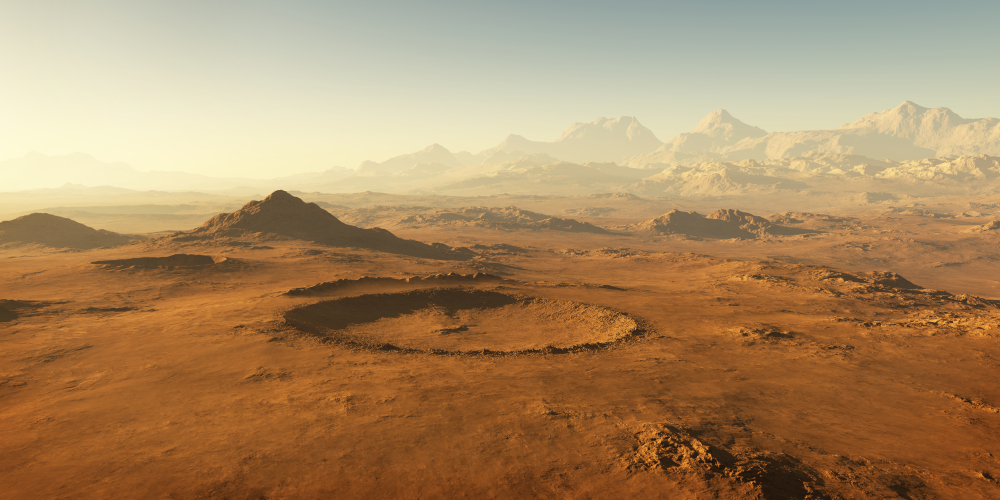
Mars and the ice-filled crater on its surface
An ice-filled Martian crater is visible in the first photographs of Mars transmitted from the ExoMars Trace Gas Orbiter (TGO). After a year of extremely dangerous aerobraking, the ExoMars TGO began transmitting photographs of the surface from its camera system, known as CaSSIS (Colour and Stereo Surface Imaging System). The first photograph taken by the ExoMars TGO […]
Read more about Mars and the ice-filled crater on its surface
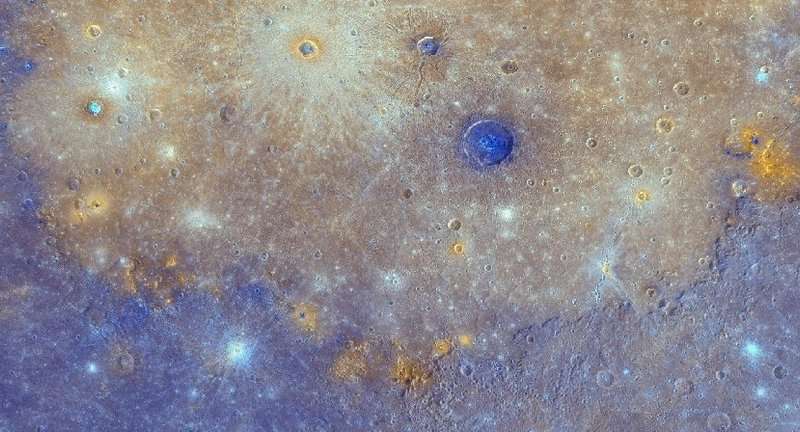
Mysterious red spots on Mercury get names – but what are they?
Mercury is the closest planet to the sun, but far from being a dull cinder of a world, it has instead turned out to be a real eye opener for geologists. Among the revelations by NASA’s MESSENGER probe, which first flew past Mercury in 2008 and orbited it between 2011 and 2015, is the discovery […]
Read more about Mysterious red spots on Mercury get names – but what are they?
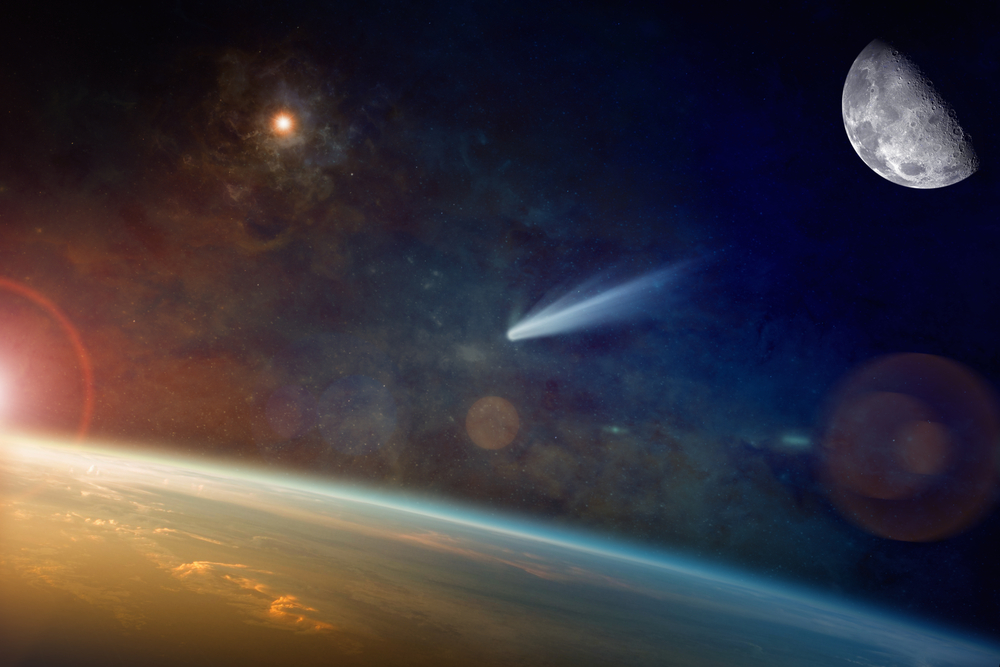
OU research to support small businesses in boosting the UK space industry
The Open University (OU) is part of a consortium of UK universities and organisations to be awarded almost £5 million to support small businesses in enhancing innovation and research in the UK space industry. The grant of £4.8 million from the Higher Education Funding Council for England (HEFCE) will provide small and medium-sized businesses with […]
Read more about OU research to support small businesses in boosting the UK space industry
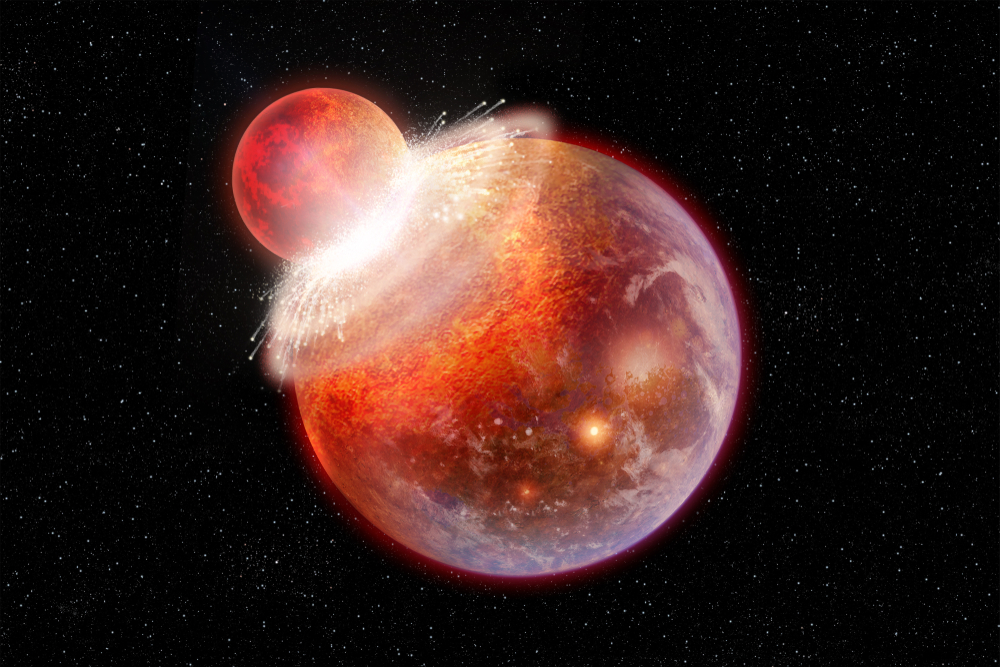
Moon offers clues to life beyond our solar system
You might think that comparing rocks from the Earth and the Moon would be like comparing chalk and cheese, but new research led by academics at the OU has discovered that in many ways, they are almost the same. What’s so great about that? As lead author and Research Fellow, Dr Richard Greenwood, explains this […]
Read more about Moon offers clues to life beyond our solar system
Page 10 of 17